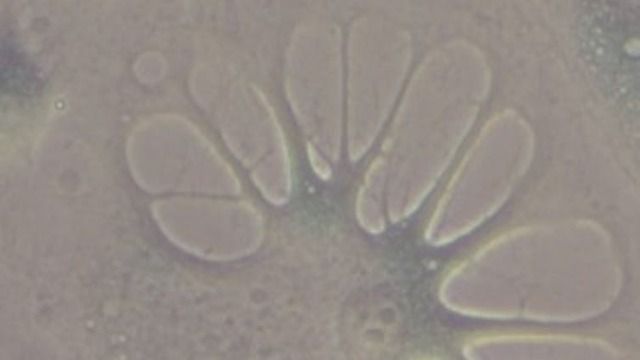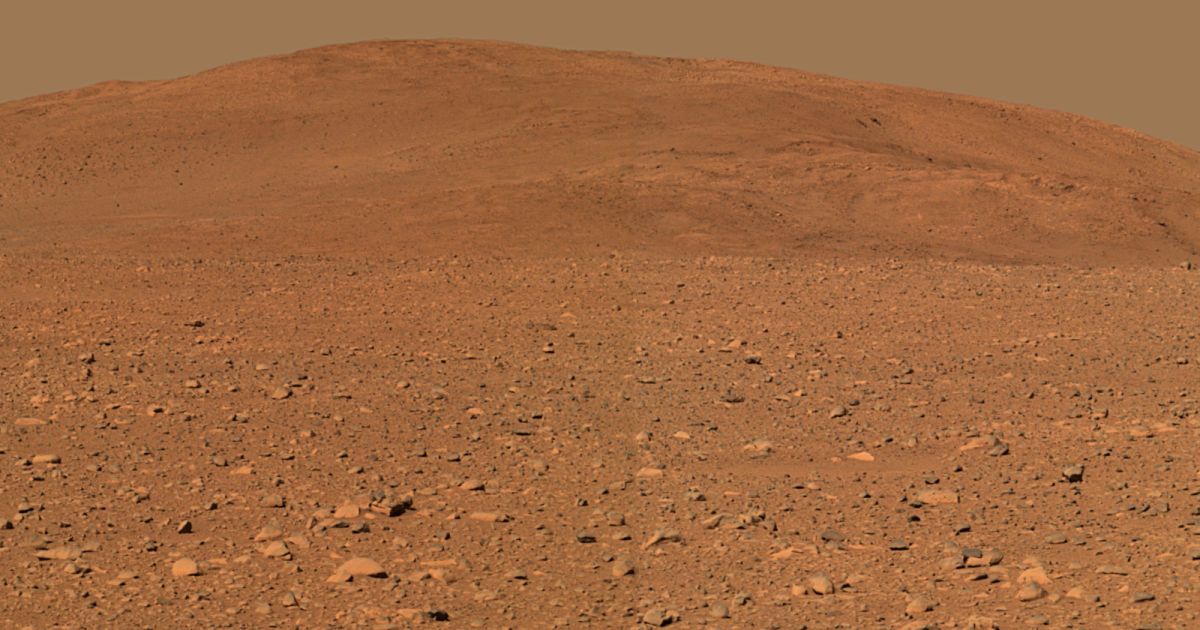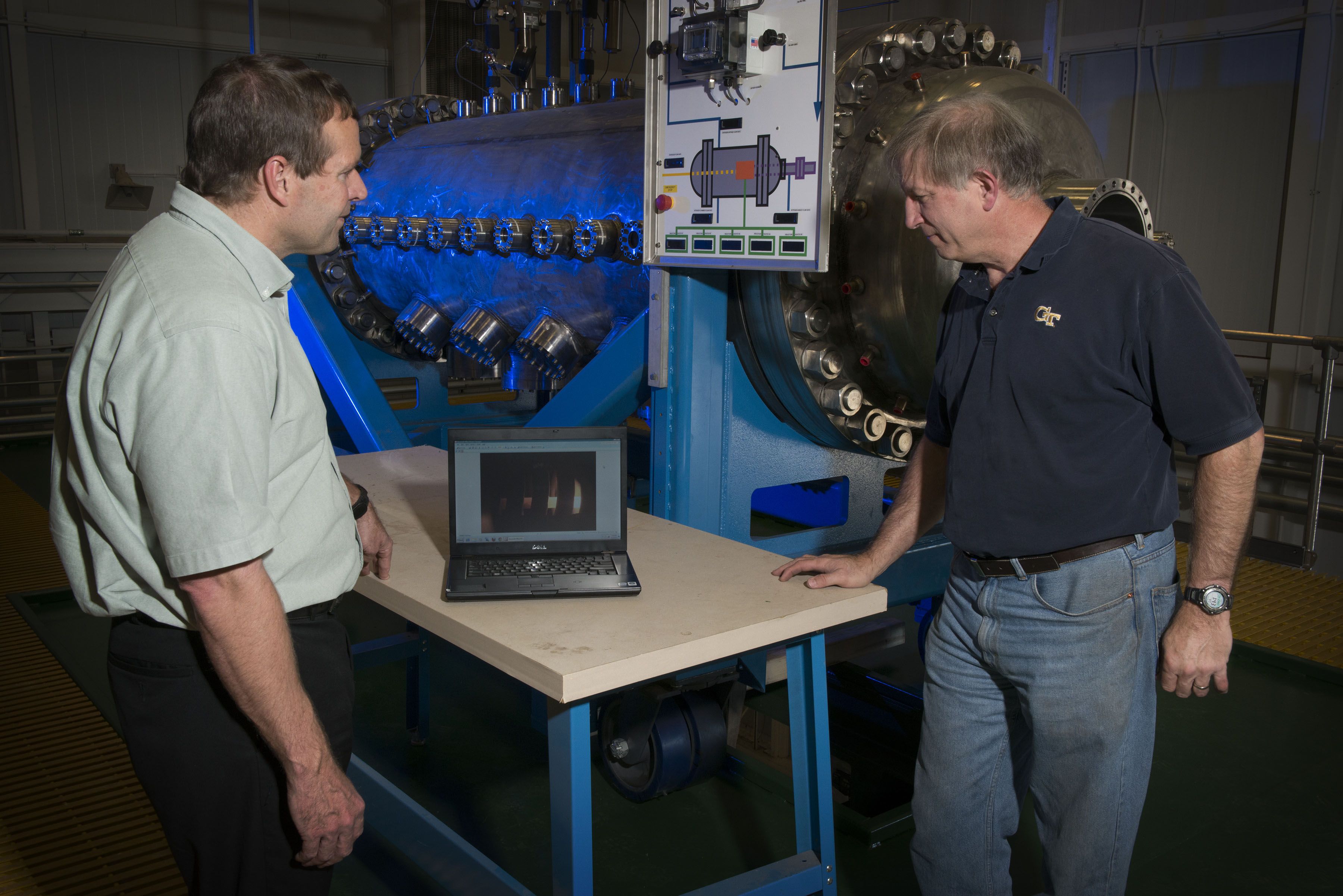Two-thirds of all cancers are caused by DNA replication errors, according to Johns Hopkins researchers. But don’t light a celebratory cigarette just yet.




The ability to reverse ageing is something many people would hope to see in their lifetime. This is still a long way from reality, but in our latest experiment, we have reversed the ageing of human cells, which could provide the basis for future anti-degeneration drugs.
Ageing can be viewed as the progressive decline in bodily function and is linked with most of the common chronic diseases that humans suffer from, such as cancer, diabetes and dementia. There are many reasons why our cells and tissues stop functioning, but a new focus in the biology of ageing is the accumulation of “senescent” cells in the tissues and organs.
Senescent cells are older deteriorated cells that do not function as they should, but also compromise the function of cells around them. Removal of these old dysfunctional cells has been shown to improve many features of ageing in animals such as the delayed onset of cataracts.


A new discovery by Washington State University scientists could help grape growers roll back a devastating virus that withers vines and shrivels harvests.
Named for how it curls the leaves of infected plants, grapevine leafroll disease costs growers millions of dollars in lost vines and productivity. Until now, no one has been able to replicate one of the main culprits behind the disease, a virus called grapevine leafroll-associated virus 3—leafroll 3, for short.
For the first time, researchers in WSU’s Department of Plant Pathology have found a way to clone leafroll 3, opening the door for experiments and treatments to protect valuable Washington vineyards.

As a planet-wide dust storm enveloped Mars, many were concerned about the fate of the Opportunity rover. After all, Opportunity is dependent on solar panels; the opacity of the dust storm meant that she wasn’t getting enough light to stay powered. The team at NASA’s Jet Propulsion Laboratory last heard from Opportunity on June 10th. Now, the storm is lifting, and once its opacity reaches a tau level of 1.5, the little rover will have 45 days to respond to the team’s signals. Otherwise, NASA will stop actively listening for the rover.
The tau measures the amount of dust and particulate in the Martian atmosphere. The team hopes that, once the skies have cleared enough and the rover has recharged its batteries, Opportunity will be able to hear and respond to the signals that Earth is sending its way. If 45 days have passed without a response, the team will cease its active efforts to recover the rover. “If we do not hear back after 45 days, the team will be forced to conclude that the Sun-blocking dust and the Martian cold have conspired to cause some type of fault from which the rover will more than likely not recover,” said John Callas, Opportunity’s project manager, in a statement.
That doesn’t mean NASA will have fully given up on Opportunity, though. After all, the rover was originally tasked with a 90-day mission and is still working almost 15 years later. The team will continue “passive listening efforts” — presumably stop sending the rover active signals through the Deep Space Network, but monitor in case Opportunity reaches out first — for an additional several months.

The revolutions in information technology and biotechnology are still in their infancy, and the extent to which they are responsible for the current crisis of liberalism is debatable. Most people in Birmingham, Istanbul, St. Petersburg, and Mumbai are only dimly aware, if they are aware at all, of the rise of AI and its potential impact on their lives. It is undoubtable, however, that the technological revolutions now gathering momentum will in the next few decades confront humankind with the hardest trials it has yet encountered.
Artificial intelligence could erase many practical advantages of democracy, and erode the ideals of liberty and equality. It will further concentrate the power among a small elite if we don’t take steps to stop it.

Today’s advances in materials, testing capabilities, and reactor development are providing impetus for NASA to appraise Nuclear Thermal Propulsion (NTP) as an attractive 21st century option to propel human exploration missions to Mars and other deep space destinations.
Utilizing nuclear technology as an ingredient of NASA’s exploration prowess is not new. NTP research is part of the space agency’s storied history. In 1961, NASA and the former Atomic Energy Commission jointly embarked on the Nuclear Engine for Rocket Vehicle Application (NERVA) program – an effort that over several years led to the design, building, and testing of reactors and rocket engines.
Those programmatic high points spurred then-NASA Marshall Space Flight Center director and rocket pioneer, Wernher von Braun, to advocate for a proposed mission, dispatching a dozen crew members to Mars aboard two rockets. Each rocket would be propelled by three NERVA engines. As detailed by von Braun, that expeditionary crew would launch to the Red Planet in November 1981 and land on that distant world in August 1982. In presenting his visionary plan in August 1969 to a Space Task Group, von Braun explained that “although the undertaking of this mission will be a great national challenge, it represents no greater challenge than the commitment made in 1961 to land a man on the moon.”
